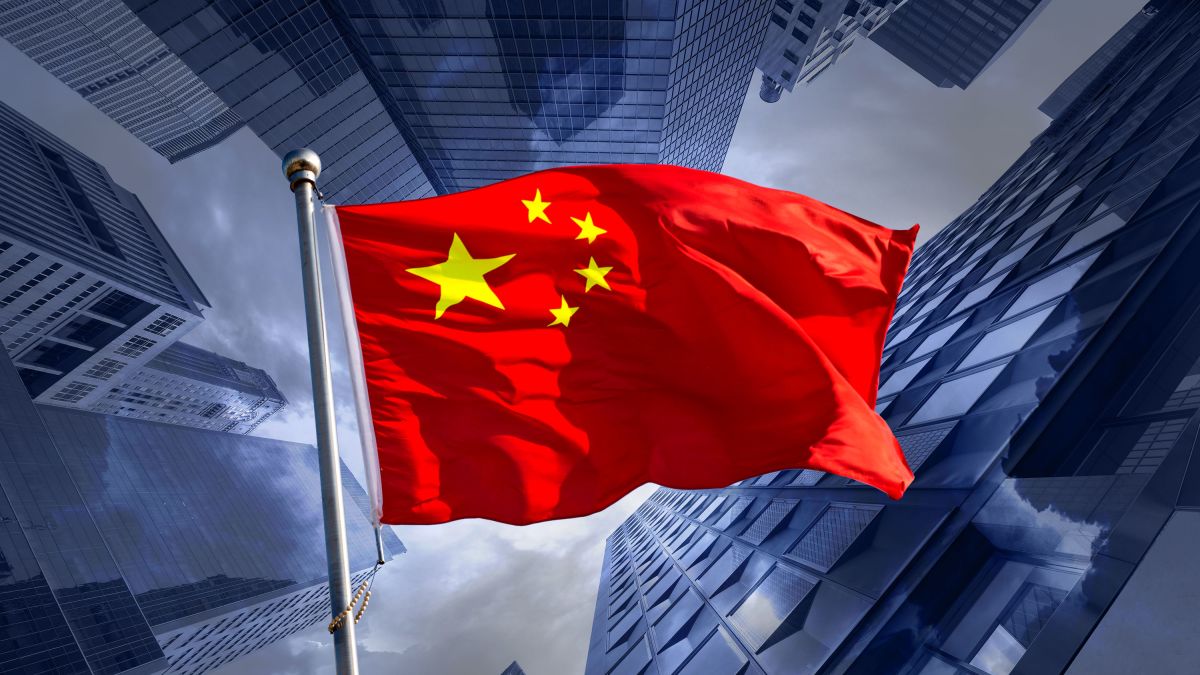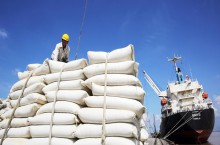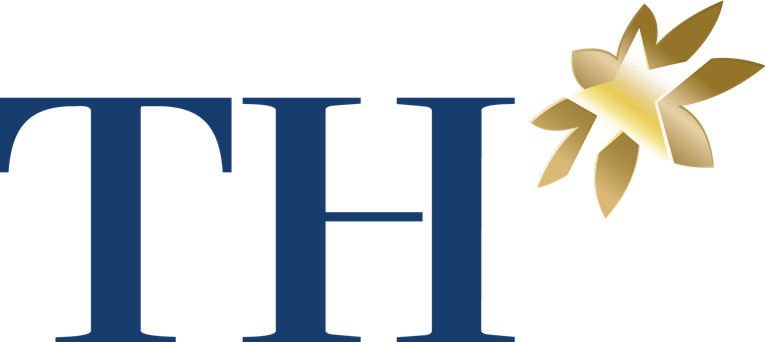Business 360
Trade policy updates in China
In the past, only a few Chinese companies with foreign trade rights were allowed to import goods into China. Since China's accession to the World Trade Organization (WTO), companies who want to import goods into China only need to register at the Ministry of Commerce (MOFCOM) or local offices authorized by the Ministry in accordance with the provisions of Foreign Trade Law and Measures on Filing and Registration of Foreign Trade Operators.
In the past, only a few Chinese companies with foreign trade rights were allowed to import goods into China. Since China's accession to the World Trade Organization (WTO), companies who want to import goods into China only need to register at the Ministry of Commerce (MOFCOM) or local offices authorized by the Ministry in accordance with the provisions of Foreign Trade Law and Measures on Filing and Registration of Foreign Trade Operators.
In the past, only a few Chinese companies with foreign trade rights were allowed to import goods into China. Since China's accession to the World Trade Organization (WTO), companies who want to import goods into China only need to register at the Ministry of Commerce (MOFCOM) or local offices authorized by the Ministry in accordance with the provisions of Foreign Trade Law and Measures on Filing and Registration of Foreign Trade Operators.
All companies (both domestic and foreign ones) have the right to import most goods, with the exception of some reserved goods, which can only be imported through state-owned commercial enterprises.

Imported goods
China classifies import products into three categories: prohibited, restricted, and permitted. Certain types of goods (e.g. poisons, waste) are prohibited from being imported, while those on the restricted list require quotas or permits.
Most of the goods are on the allowed list. The importer is free to decide the time and quantity of the goods. MOFCOM has applied Automatic Licensing System to monitor the import of certain goods (eg machinery, electronics). The detailed list of goods is posted under the MOFCOM link (Chinese only).
Import Tax
China imposes duties on most imports, mainly value added taxes. This tax is calculated on the total transaction value of the goods, including packing, freight, insurance and other service charges incurred before unloading at destination points. Many tariffs have been reduced since China joined the WTO. The average tax rate decreased from 15.3% in 2000 to 9.3% in 2017.
The General Administration of Customs is responsible for managing tariffs and announcing the annual tariff schedule:
China Customs Press
Jia 1, East Fourth Ring South
Chaoyang District
Beijing, 100023
Tel.: 86-10-6519 5616
http://www.customskb.com/book
Value added tax (VAT, on almost all goods) and consumption tax (on some items) are also charged during the importation process. VAT is normally between 10% and 16% depending on the type of goods. Importers of excise goods (e.g. tobacco, cosmetics, alcoholic beverages) must pay a consumption tax, which ranges from 1% to 40%.
Export process
Special provisions (e.g. VAT or customs tax refunds) may be applied to imported goods which is in accordance with export process provisions of trade arrangements, including provisions production contracts applied for all exported manufacturing goods. Such agreements must be approved by MOFCOM or its authorized entity.
Import License
Goods imported into China need an import permit license. Application document for import license is usually sent to MOFCOM or the local authorities. For certain types of goods (e.g. machinery, electronics), permit licenses are automatically issued to all registrants, and are only used for more precise import tracking. Some permit licenses are not automatically granted to control the import process of dangerous goods and to implement tariff quotas (e.g. two-stage tariffs, allowing lower tariffs to be applied for a given quantity of the import goods).

-cr-220x145.png)





